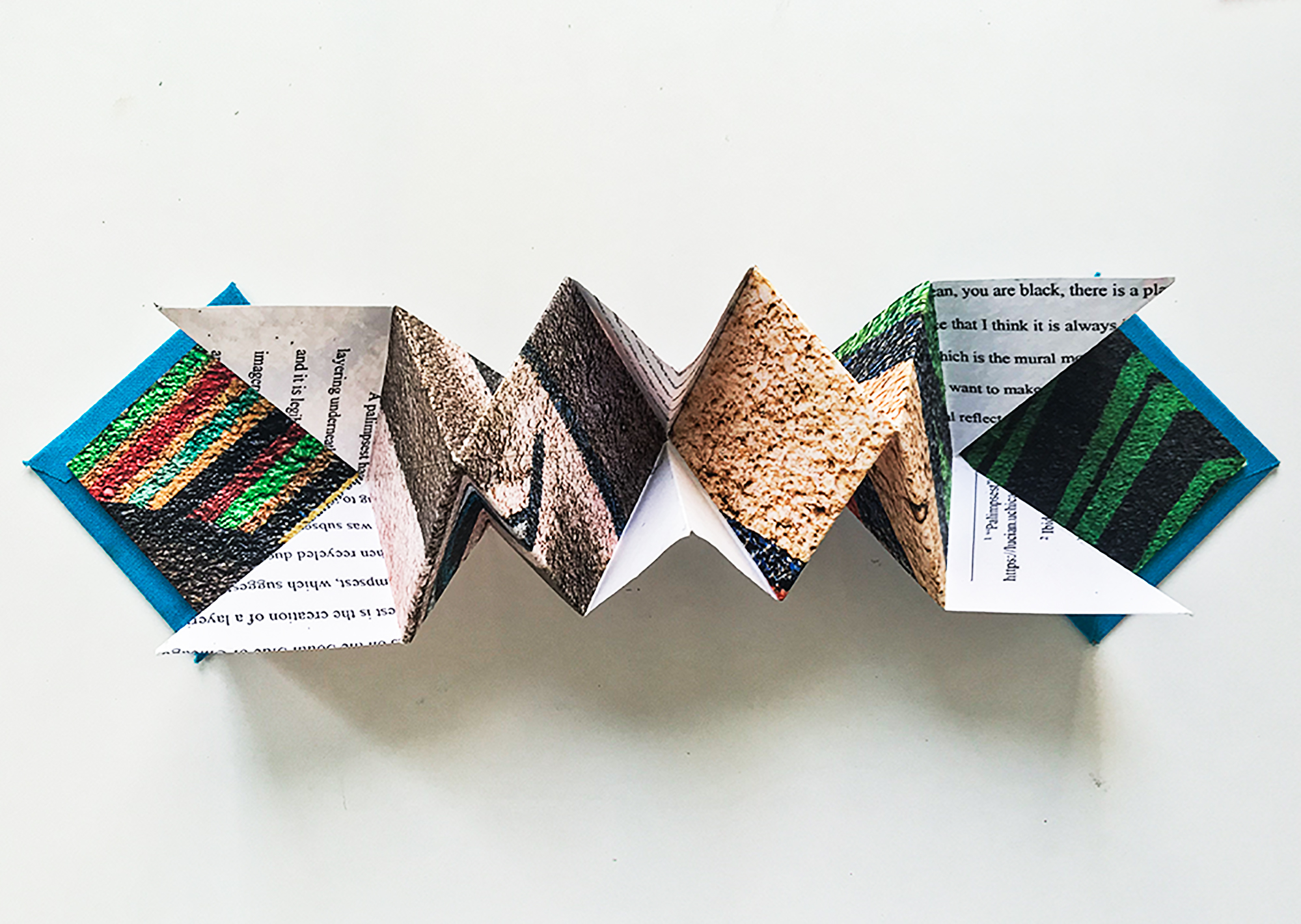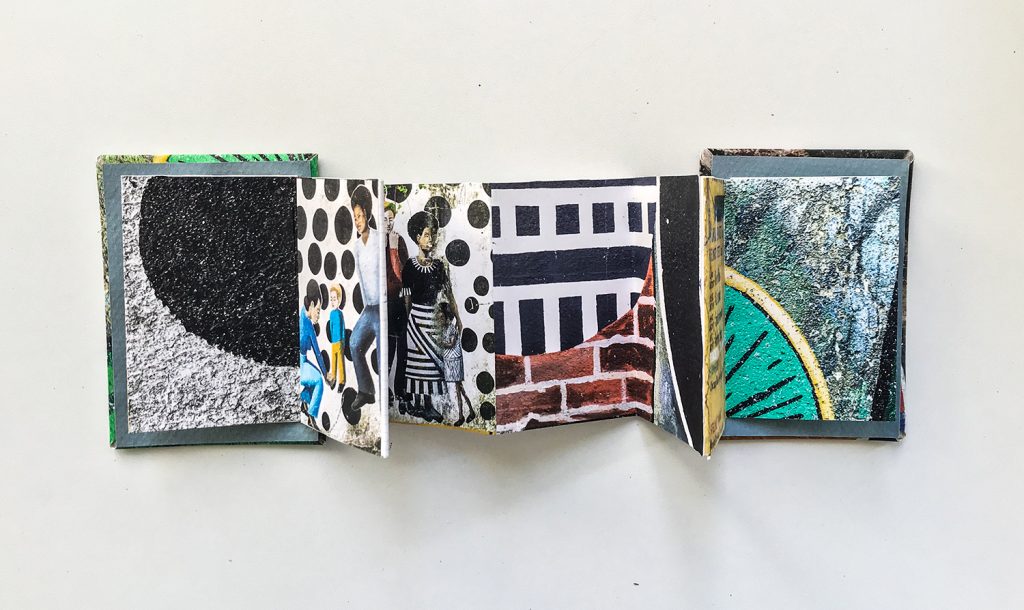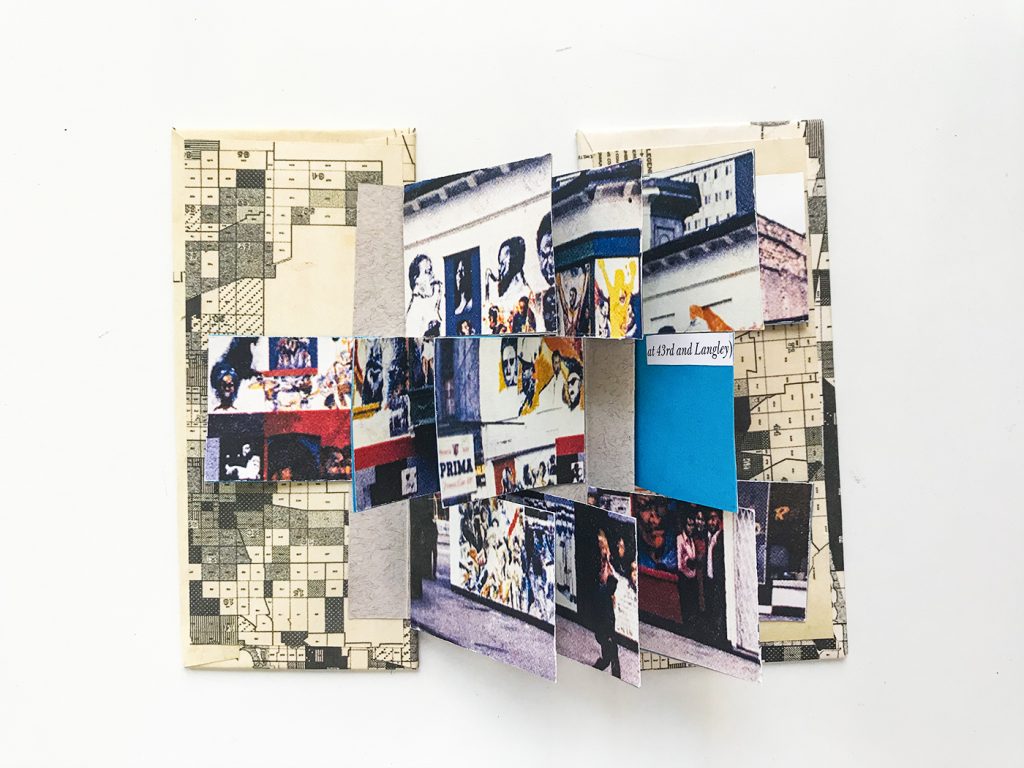Chicago Mural as Social Infrastructure , 2020, Video, 19:50 mins., Created by Haerim Lee
Public murals by African-American artists that depict African-American life in Chicago have a long history. They can be found in many communities and neighborhoods across the city, and have assumed and continue to play a critical role in revealing how these communities see themselves and how they express their identity and history.
Some of the community expressions as revealed through murals clearly stand as a counter-narrative to what the dominant political and social class of Chicago has represented in a segregated city. As such, some of these murals can be seen as a response, even resistance, to suppression and marginalization by some members of these communities, including artists. Through this experience, and by creating my own mural projects with the Archi-Treasures and Legacy Foundation, I started to think about how some South Side murals reflect Eric Klinenberg’s notion of social infrastructure as “[physical space where people can] foster contact, mutual support, and collaboration among friends and neighbors.”(Eric Klinenberg, Palaces for the People: How Social Infrastructure Can Help Fight Inequality, Polarization, and the Decline of Civic Life. (New York: Broadway Books, 2019), 5.) In this context, certain South Side murals, like The Wall of Respect (1967) and the Major Taylor Trail (2018), reflect a marriage of community organizations and citizens to transform a space into a vibrant part of the community’s shared social space, one that is both of and part of the community. I want to address in my thesis that the process of making murals with the community constitutes as social infrastructure to generate social life. As a result, the research questions addressed in this thesis fall into these categories: public and social space; social construction/deconstruction; public art; and the function of social infrastructure.


